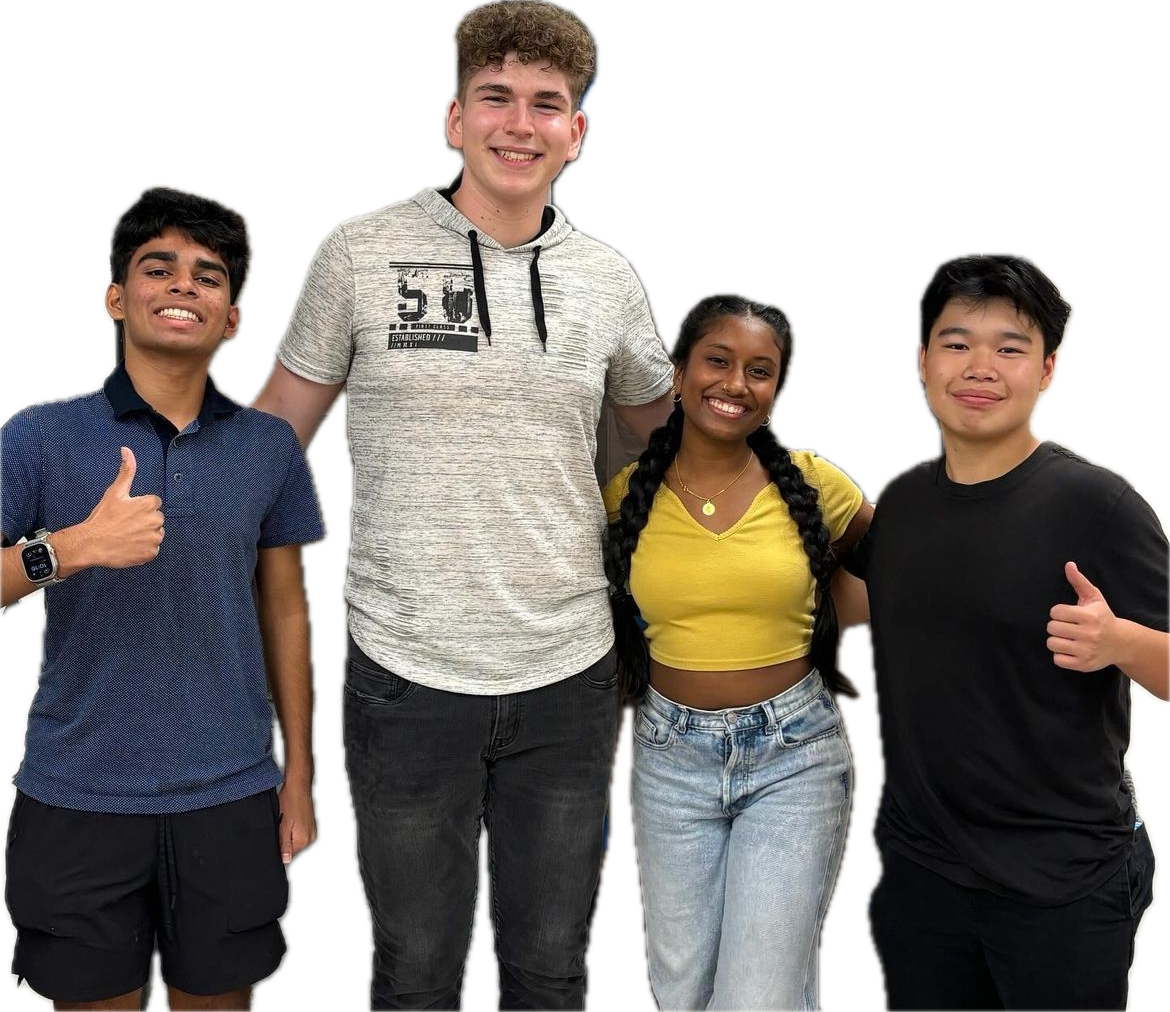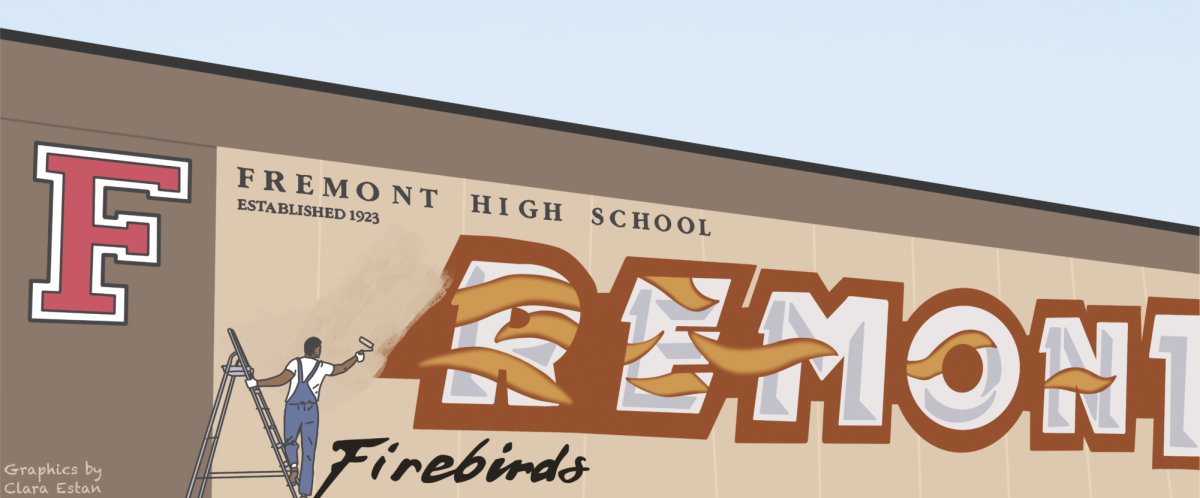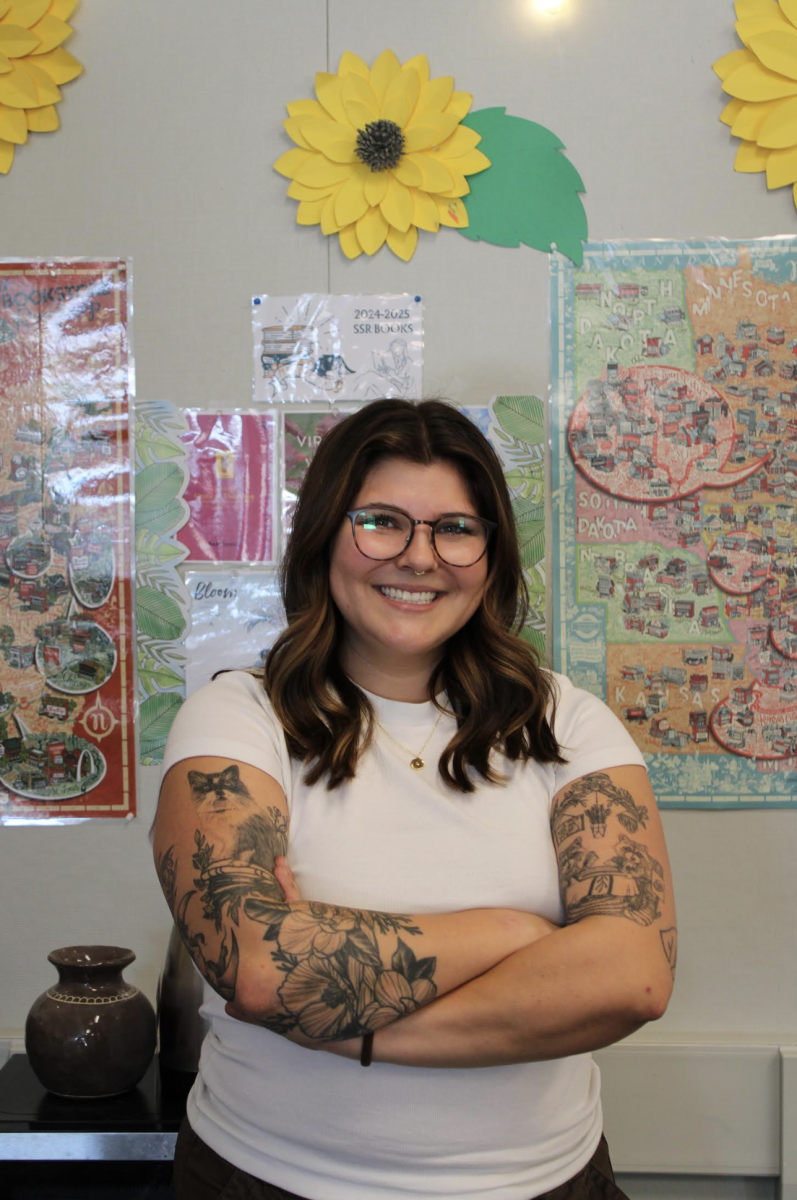In the wake of the 2024 presidential election, many students may question the effectiveness of FHS student government and have questions about how it functions. The student government is composed of four class cabinets and one associated student body, or ASB, cabinet. Their aim is to boost school spirit and represent their classes and student body. But what exactly do they do, and are they making the impact they set out to achieve?
Each grade at FHS has its own class cabinet with four representatives, selected at the start of the year for freshmen and elected the previous spring for the other grades. ASB cabinet members are also elected, but need to be part of the ASB class to be eligible to run. Class cabinets focus on grade-specific issues, activities and fundraisers while the ASB cabinet takes on broader, schoolwide responsibilities, such as creating unity and school spirit in the student body.
“Class cabinets work with the advisors,” ASB class advisor Jeff Kakes said. “I don’t touch much of those [class cabinets], because those are outlined in the school charter, and so there’s strict rules around how those are chosen, how they operate.”
While the structure of class cabinets cannot be changed, ASB cabinet does not follow the same rules, allowing for more flexibility and quicker creation of new initiatives.
“Last year, we held ASB Power Hour, which was also a brand new initiative that I, as well as some of the graduating seniors, have implemented, where monthly we had an open house where students could come in and share ideas,” FHS senior and two-year ASB cabinet member Brian Goldshtein said.
For Goldshtein, serving on the ASB cabinet has allowed him to introduce and implement many new ideas and initiatives, including the Student Engagement Commission. Created last year, the commission organizes events like ping-pong, spikeball tournaments and art competitions.
“These events have never been brought to ASB before, outside of occasional events here and there that are like passion projects for people,” Goldshtein said. “It allows ASB to support a broader spectrum of students’ interests.”
Commissions like Goldshtein’s have led to an increase in lunchtime and spirit activities, encouraging current and future representatives to plan more events.
“As cabinets get more used to those programs or competitions being there, the more they [lunch time activities] get in,” Kakes said, referencing a major change he’s observed in the six years he has helped run ASB.
These successes do not mean that everything is perfect, however. Time constraints remain an issue especially when planning events like homecoming.
“There’s always a low amount of time, especially when it comes to homecoming,” FHS junior and class cabinet member Ayush Pawar said. “But mostly the hard part is just trying to help […] represent as many people as we can and try to include everyone’s ideas, which is hard to do without compromise.”
Both Goldshtein and Pawar see the potential for improvement. Goldshtein suggests that campaigns might benefit from formal panels so students better understand candidates’ ideas while Pawar would like a longer time period allocated for planning in regards to homecoming.
“But, realistically, that’s probably not gonna happen,” Pawar said.









